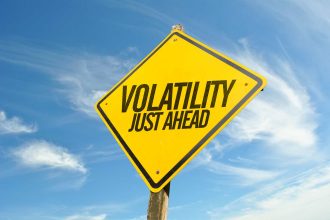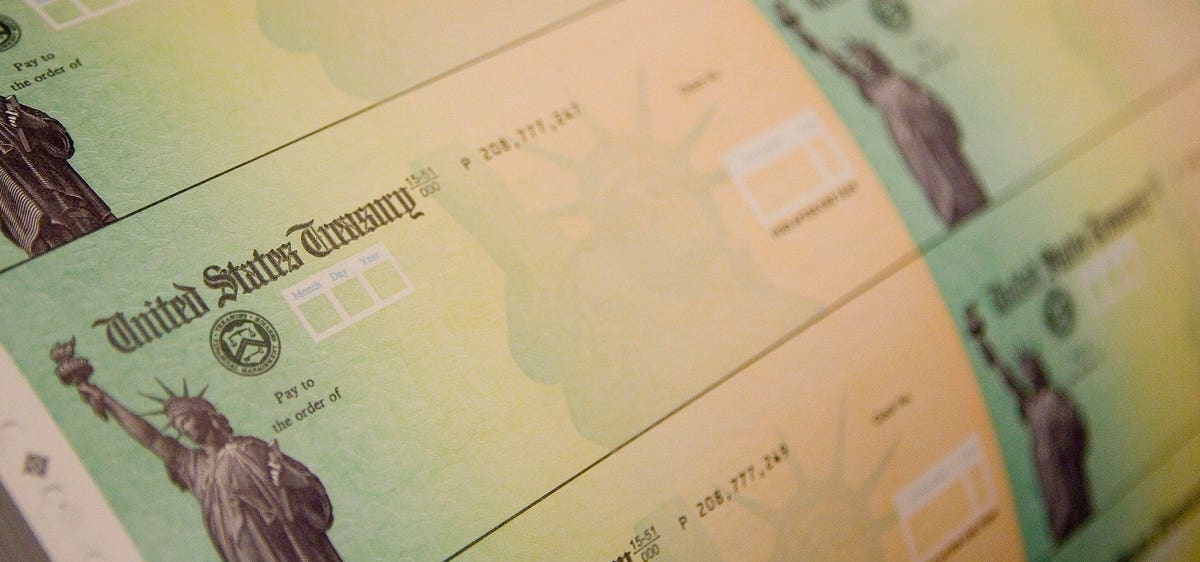The Balancing Act
Our leaders in Washington, D.C. have an opportunity to make a critical investment in the future of America’s economic growth and global tech leadership.
Over the last year, Congress has been negotiating levels of federal spending, the country’s soaring debt and the rate of taxes for businesses and high-income individuals. Caught up in this debate is how much Congress will appropriate funds toward the $170 billion in the non-CHIPS authorizations passed in the CHIPS and Science Act of 2022 (Act) — an increase over baseline of more than $82 billion across five years.
The Act authorizes new efforts and spending for research and development of key technologies, including AI, quantum and biotech. The Act also supports new research centers, regional technology and innovation hubs, and STEM education and training. Meeting the authorized levels of funding would be a historic investment in America’s future economy, national security and regional economic development – all of which are being shaped by mulitple technology revolutions and our strategic competition with China for high-tech supremacy. This investment would also accelerate technological developments crucial for solving domestic and global challenges in energy, water, sustainability, food and health.
U.S. R&D spending as a percent of GDP has risen to a historic high of 3.4 percent—ranking it fourth in the world—largely due to dramatic increases in business R&D investment. Conversely, the foundation of U.S. innovation—federal investment in R&D as a percent of GDP—has been stagnant for years. It was 0.66 percent of GDP in 2021, far less than half its historic high of 1.86 percent in 1964.
These investments take on added importance due to their dual use applications for U.S. national security needs, especially during great global turbulence and threats. Defense spending as a percentage of GDP is at its lowest point since World War II, according to data from the Department of Defense. U.S. global leadership and security require these intertwined science and technology investments, as well as infrastructure modernizations at universities and national laboratories that support our military assets and readiness. Investments in key technologies enhance our military capabilities to respond to multiple security threats, including relentless cyber-attacks on critical infrastructure. Further, it releases a wave of productivity and innovation across the country.
But increasing public spending to boost America’s technology and innovation capacity is caught up in the debate on how best to pay down our rising debt. At the end of this year, the annual federal deficit would grow from $1.5 trillion to $2.7 trillion in 2033, according to Congressional Budget Office projections and considering the recent debt ceiling agreement. Federal debt held by the public would increase from about $26 trillion—98 percent of U.S. GDP—to about $45 trillion—115 percent of U.S. GDP—in 2033. And from there on, the long-term fiscal outlook gets even worse.
A Taxing Situation for Business
In an effort to generate new federal revenues to help solve our deficit and debt challenge, the Biden Administration proposed raising the U.S. statutory corporate tax rate from 21 to 28 percent. But as we and other countries know, taxes play a key role in shaping business investment decisions. In fact, countries around the world lowered their corporate tax rates to create a more friendly investment environment over the past four decades.
In 1980, corporate tax rates averaged about 40 percent, raising to 46.5 percent when weighted by GDP, according to the Tax Foundation. By 2022, the weighted average had dropped to 25.4 percent—a 45 percent reduction—and the average statutory rate dropped from 42 to 23.4 percent. Today, most countries have tax rates below 30 percent, with 142 countries having rates at or below 25 percent.
The Council on Competitiveness has long advocated for a lower U.S. corporate tax rate, noting that the U.S. rate of 35 percent (before passage of the 2017 Tax Cuts and Jobs Act/TCJA) was the fourth highest rate in the world and the highest rate in the Organization for Economic Co-operation and Development (OECD). The TCJA reduced the U.S. corporate tax rate to 21 percent. Today, when the statutory federal and state tax rates are combined, the U.S. corporate tax rate comes in at 25.8 percent. The average top rate among EU27 countries is 21.2 percent, 23.6 percent in OECD countries, and 32 percent in the G7, according to the Tax Foundation,
Tough Choices Ahead
The White House proposal to raise the corporate tax rate could raise $1.3 trillion over 10 years according to PwC. However, the Tax Foundation estimates that the tax changes proposed in the Biden Administration FY 2024 budget would reduce long-run economic output by about 1.3 percent, eliminate 335,000 full-time jobs, reduce capital stock by 2.4 percent, and cut wages by one percent. Raising the corporate income tax rate to 28 percent is the largest driver of these predictions, reducing long-run GDP by 0.7 percent. Given the multifold return on investment of federal research and development, fully funding the CHIPS & Science Act would seem an obvious choice. It would both counterbalance tax changes and strengthen U.S. leadership in critical technologies central to long-term economic growth.
Yet, our leaders find themselves between a rock and a hard place. Choices must be made within a fiscal framework that works to lower debt to historic norms, while still making critical investments. Such investments are crucial to future U.S. economic growth, national security and leadership in a global economy and geopolitical landscape that’s driven by rapid technological change.
Read the full article here





